
There are several ways to travel the world. The most direct, obviously, is to take a plane, a train, or a bus and travel to other places. But you can also _travel_ through the pages of a book, through cinema, art, the flavors of exotic cuisine, and of course through the cultural exchange promoted by states and nations that create ties with the purpose of sharing part of their identity through museums, exhibitions, or places that celebrate that relationship.
>Hay varias formas de viajar por el mundo. La más directa, obviamente, es tomar un avión, un tren o un bus y desplazarse hasta otros lugares. Pero también se puede _viajar_ a través de las páginas de un libro, a través del cine, del arte, de los sabores de una gastronomía exótica y por supuesto a través del intercambio cultural promovido por los estados y las naciones que crean vínculos con el propósito de compartir parte de su identidad a través de museos, exposiciones o lugares que celebren esa relación.
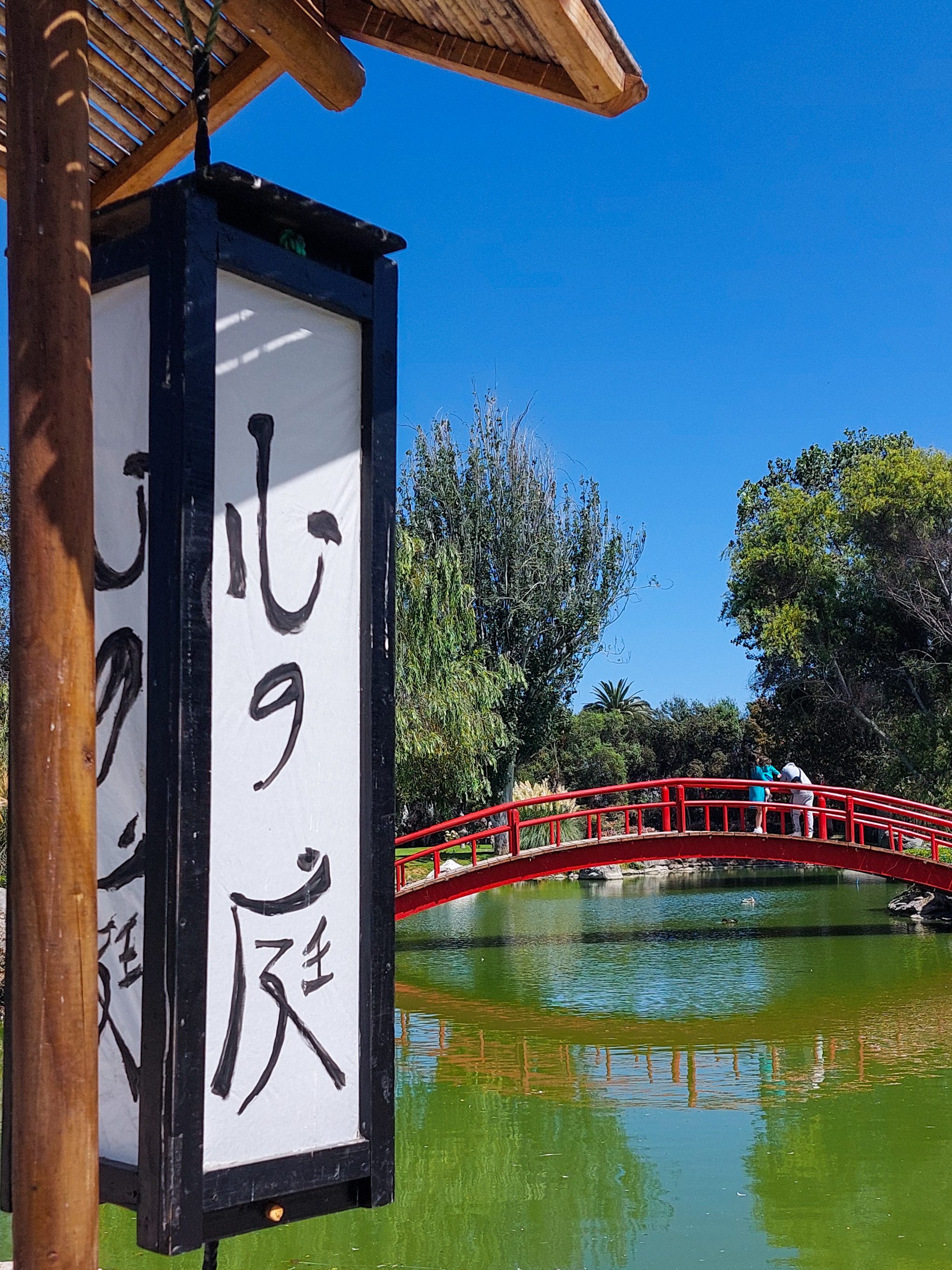
https://images.hive.blog/DQmPwd2qQrMgwd2hPG7oGcq8Zo5oy3vyAsK2oZJFeSHEH6W/20240313_120904.jpg
https://images.hive.blog/DQmdv2jdTRawVFg35HTcqARG6Wa9AaL2SjzUBfqnzxBGPF1/20240313_122507.jpg
https://images.hive.blog/DQmbiwec4QXqR4kSseBtoymP8y6gZznTJR5ajqmhUq6yrSz/20240313_122006.jpg
https://images.hive.blog/DQmYAdmRDyTPRsrfLsjc89TNCMvkVcaHqLTTtGYcmL3zhFB/20240313_122323.jpg
The Japanese Garden in La Serena is beautiful. It's not as large as the one in Buenos Aires, and perhaps lacks a building to house exhibitions and art shows—something the one in Argentina also has—but otherwise, it's as good as it gets. The place is carefully preserved, and everything is arranged so that no matter where you are, there are elements to enjoy and contemplate.
>El Jardín Japonés de La Serena es hermoso. No es tan grande como el de Buenos Aires y quizás le falta un edificio para albergar exposiciones y muestras de arte - algo que también tiene el de Argentina - pero por lo demás no tiene nada que envidiarle. El lugar es preservado con gran recelo y todo está dispuesto para que sin importar en qué rincón del lugar uno se encuentre haya elementos que se puedan disfrutar y contemplar.
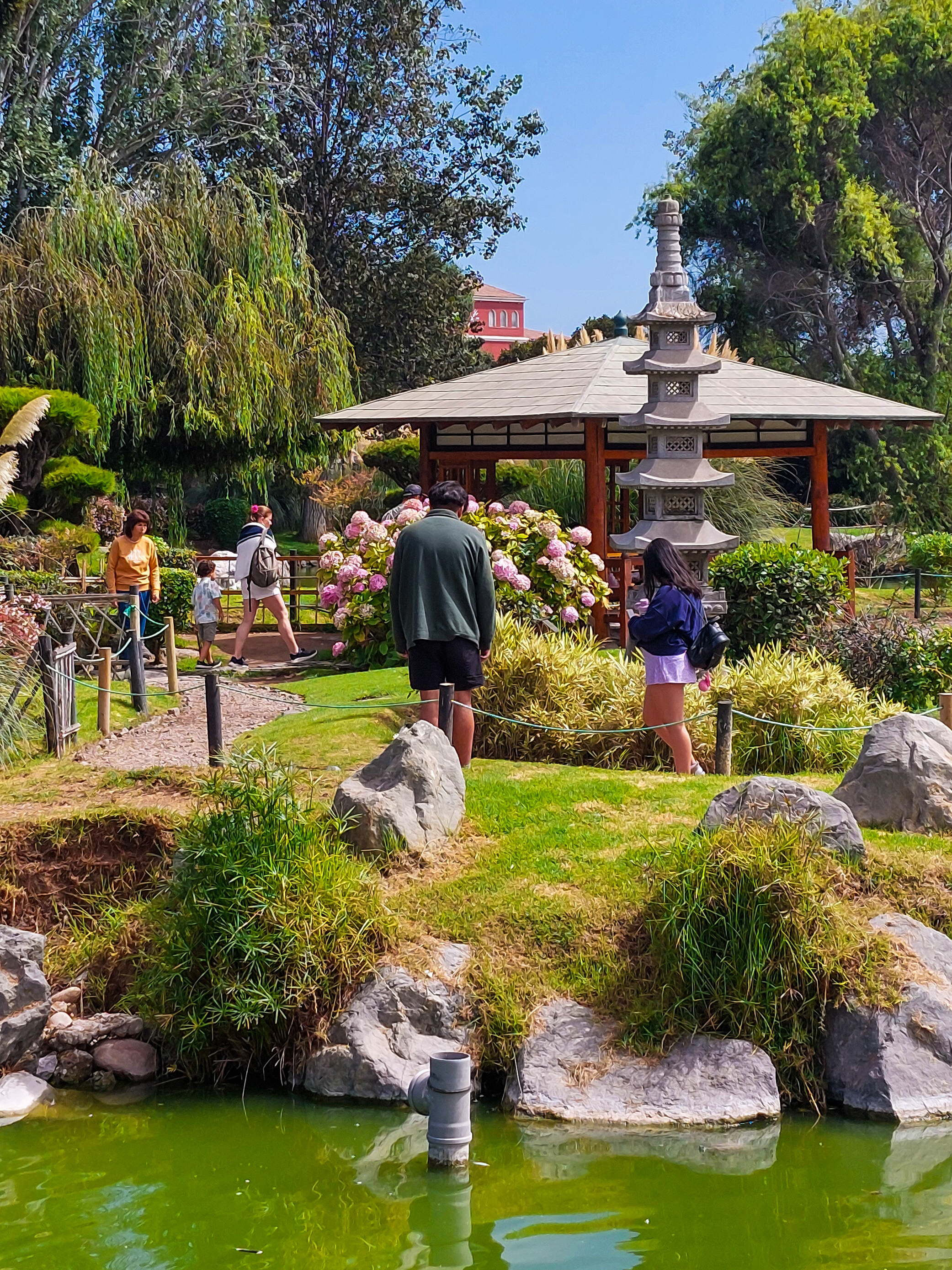.jpg)
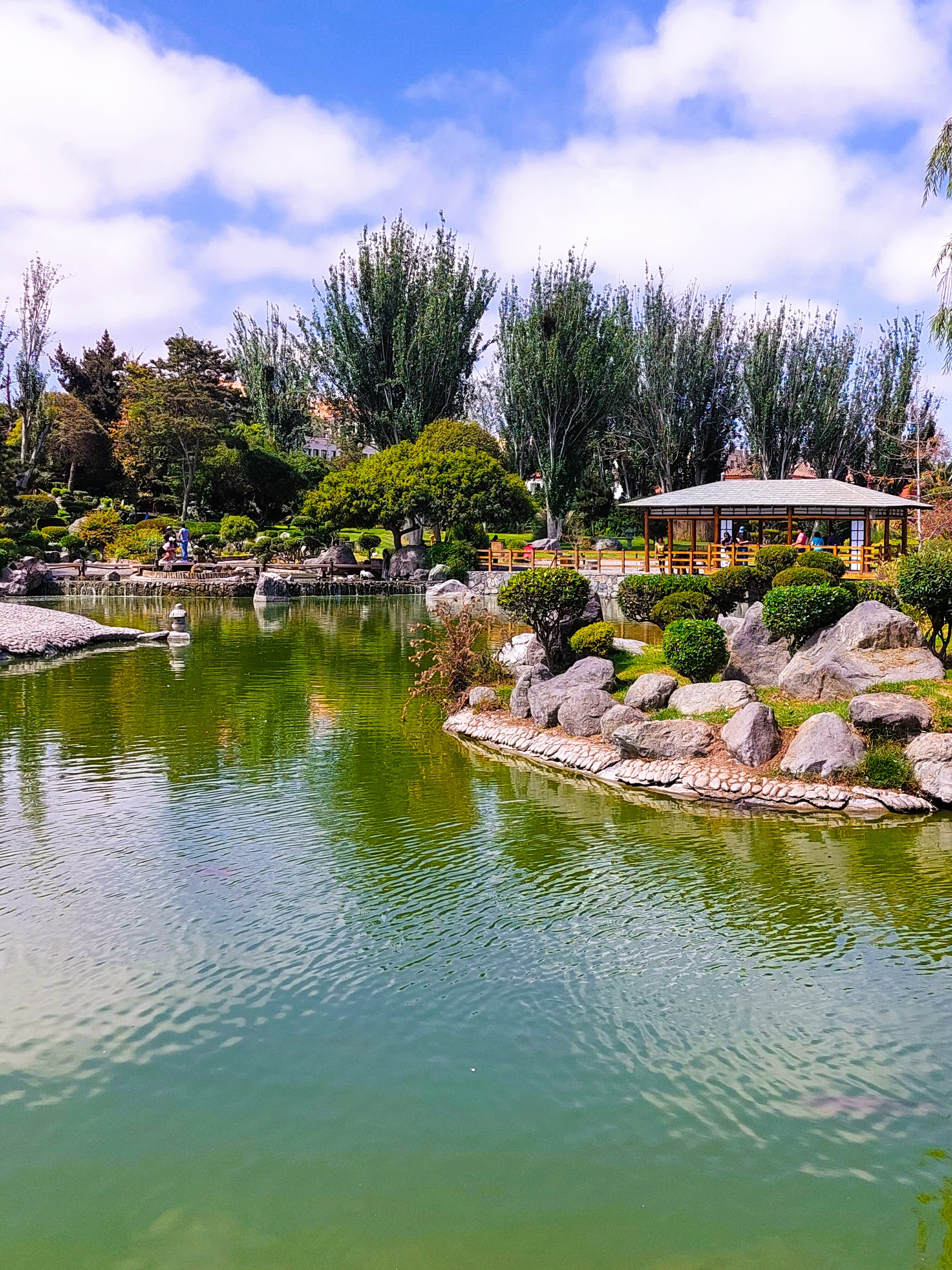 |
|  --- | ---
https://images.hive.blog/DQmcrR1rKsNdSEYkMg2xq9o8BdrtKKZwgrAQJrDVTWm3gC2/20240313_124608.jpg |
--- | ---
https://images.hive.blog/DQmcrR1rKsNdSEYkMg2xq9o8BdrtKKZwgrAQJrDVTWm3gC2/20240313_124608.jpg | 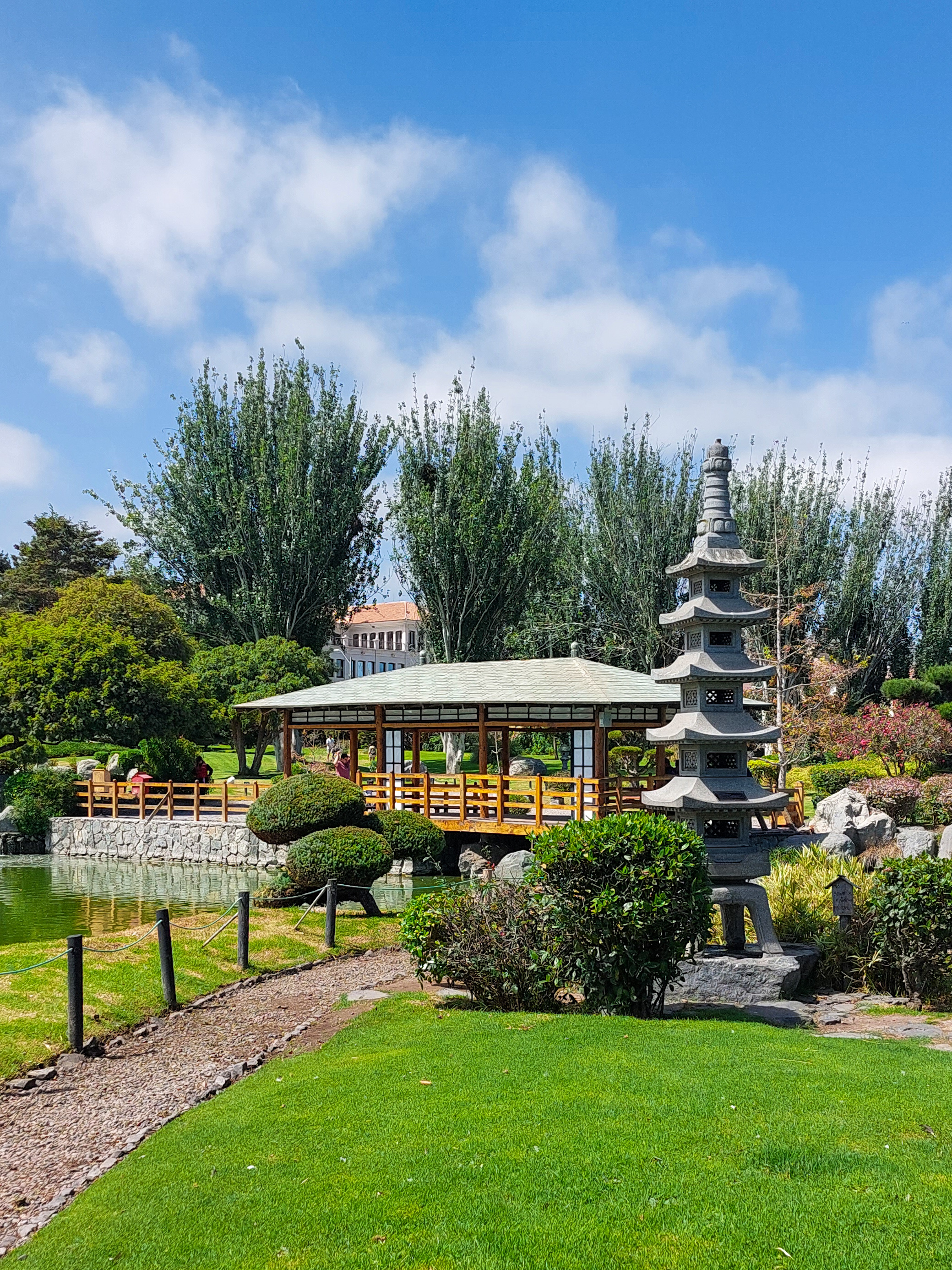.jpg)

.jpg)
 |
|  --- | ---
https://images.hive.blog/DQmcrR1rKsNdSEYkMg2xq9o8BdrtKKZwgrAQJrDVTWm3gC2/20240313_124608.jpg |
--- | ---
https://images.hive.blog/DQmcrR1rKsNdSEYkMg2xq9o8BdrtKKZwgrAQJrDVTWm3gC2/20240313_124608.jpg | .jpg)
>Flores, setos, árboles, cuerpos de agua, patos, cisnes, tortugas, piedras, caminos de tierra, esculturas, construcciones, letreros, puentes, a lo largo y ancho de todo el terreno hay un montón de rincones, hermosamente dispuestos para el disfrute del visitante. Sin embargo, el objetivo de todos estos elementos no es sólo la admiración de la belleza o la búsqueda de una foto bonita, es el contacto con la naturaleza, la contemplación del paso del tiempo y la reflexión sobre nuestra propia fugacidad. Detenernos en medio de nuestra rutina diaria, escapar del ritmo vertiginoso de la ciudad, y acercarnos a oler unas flores o a seguir el vuelo de las mariposas puede ayudarnos a ralentizar la marcha de nuestra vida y recordar que lo realmente importante son esos pequeños detalles. No es un secreto que la sociedad japonesa tiene valores profundamente arraigados en una espiritualidad milenaria y que muchas de sus virtudes - cierta serenidad, longevidad, sentido del honor - se desprenden de su respeto por la naturaleza, las estaciones, el sol, los árboles.... mucho de esto puede percibirse y reflexionarse visitando lugares como este. Entiendo que no haya muchas zonas con bancos para sentarse porque la idea es que los visitantes sigan el recorrido, dejando paso a los demás, pero me encantaría haberme sentado un rato en cada rincón para oír el rumor del agua, ver los animales, sentir el viento, recibir el calor del sol... es un lugar para quedarse toda la tarde.
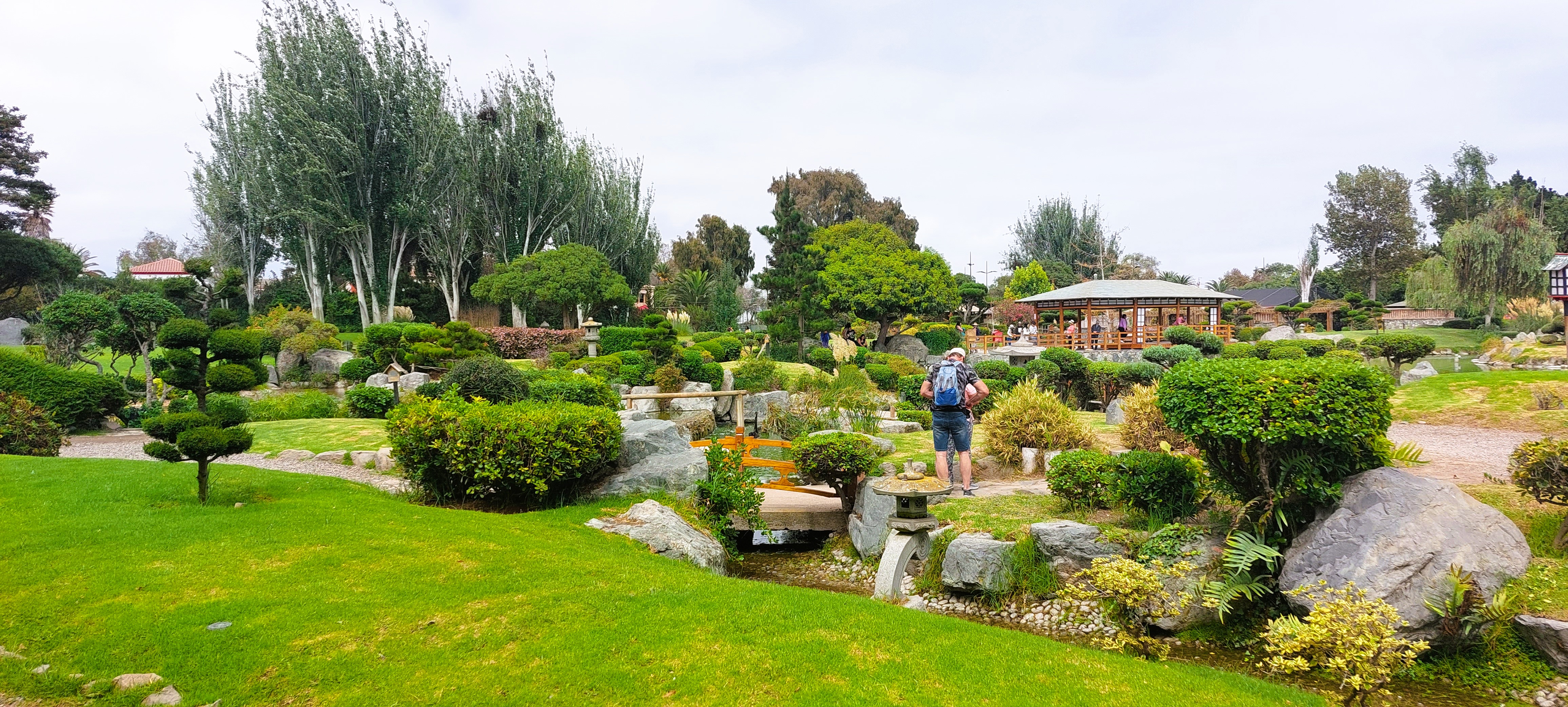
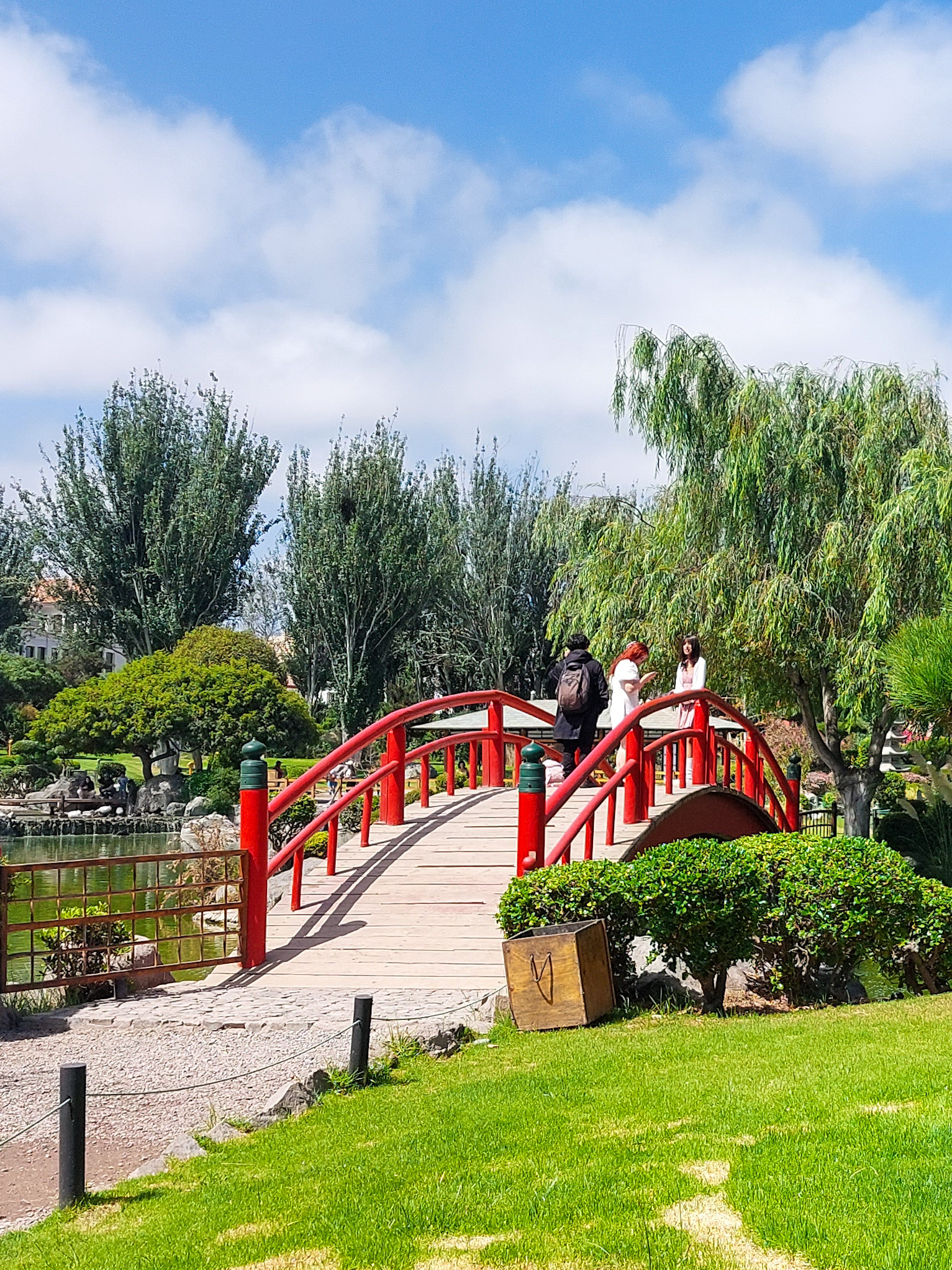

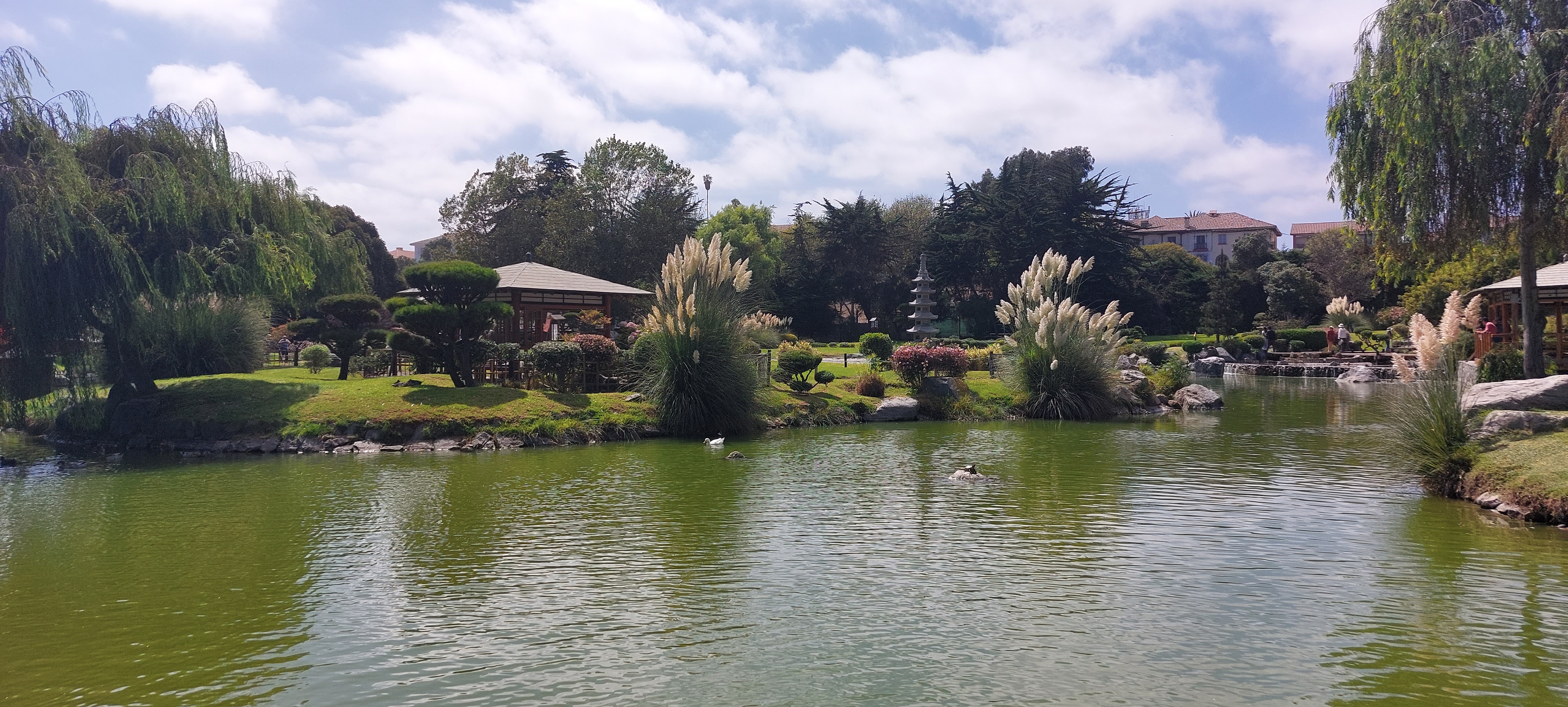
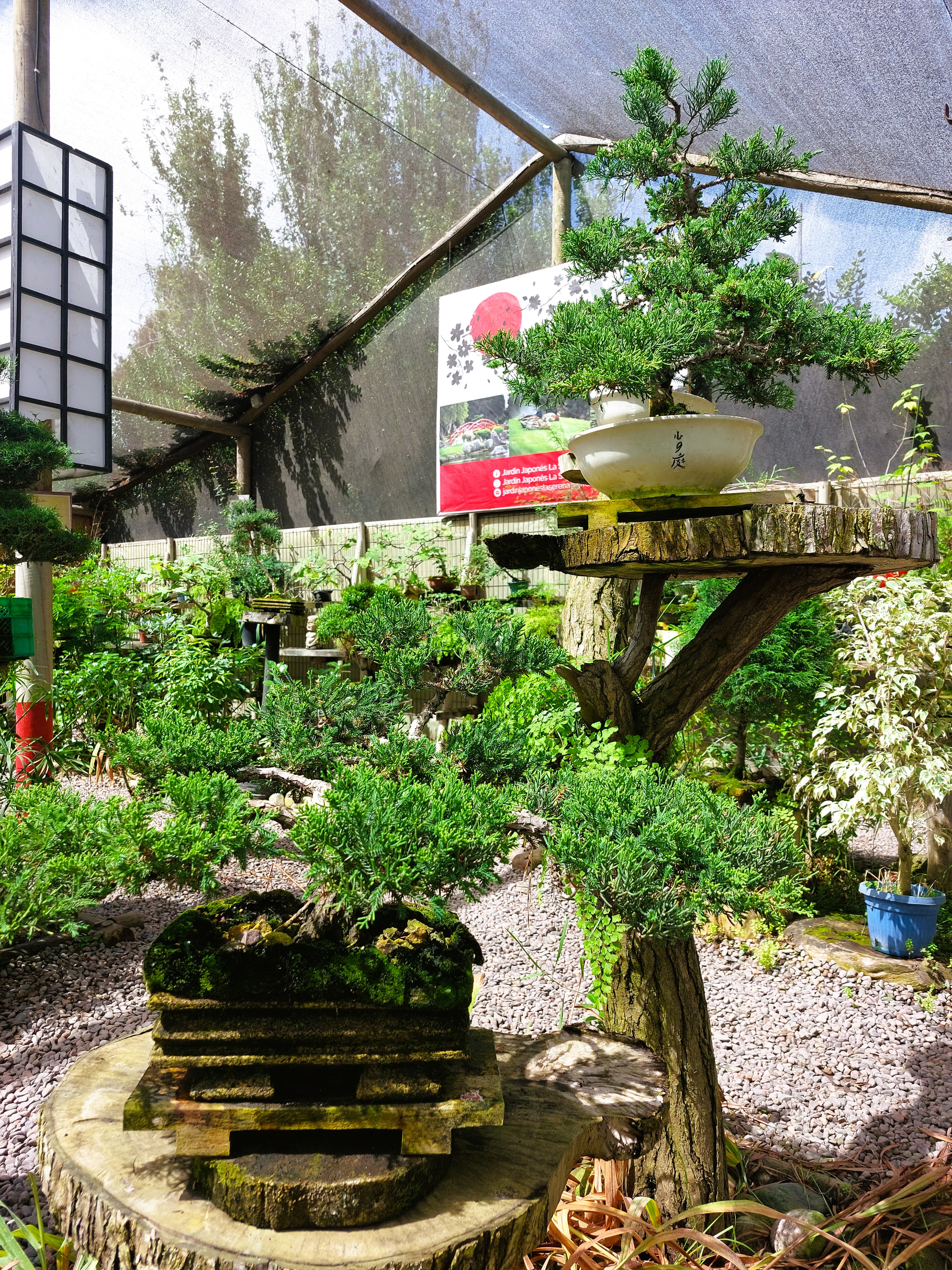
[From Dawn 'till Dusk: One Day in La Serena](https://hive.blog/hive-163772/@cristiancaicedo/from-dawn-till-dusk-one-day-in-la-serena-eng-or-esp) | 
d3scr)





###
---
#### Other posts that may interest you | Otros posts que pueden interesarte:
#
Text and Pictures: | Texto e imágenes:
@cristiancaicedo
